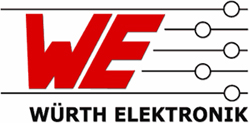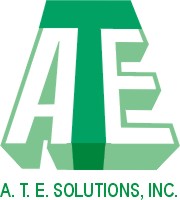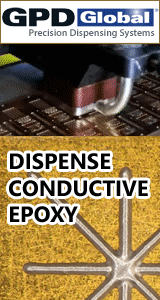Electronics Manufacturing Technical Articles
Papers and articles related to SMT, PCB & EMS industry.
- SMTnet
- »
- Technical Library
1857 SMT / PCB Assembly Related Technical Articles
Averatek Corporation is a high tech company based in Santa Clara, CA that provides custom design services and patterned circuit board materials manufactured through the use of an innovative, proprietary process.
Santa Clara, California, USA

FTG is a leading North American manufacturer of high technology printed circuit boards and precision illuminated display systems.
Toronto, Ontario, Canada

Georgia Institute of Technology
Center for Board Assembly Research CBAR- advanced research on board assembly processes and systems
Atlanta, Georgia, USA

Würth Elektronik GmbH & Co. KG
We produce circuit boards from your specifications in various designs.
Niedernhall, Germany
One-Stop Solution for PCB & Prototype Assembly Expanded PCB manufacturing capabilities to support advanced designs with demanding requirements including laser-drilled microvias, cavity boards, heavy copper up to 20 oz., via-in-pad
Aurora, Colorado, USA

The leading Test, ATE and Testability consulting and educational firm, offering various test related courses. Maintains the BestTest Directory, a test community knowledge base. Publishes The BestTest eNewsletter.
Los Angeles, California, USA
Consultant / Service Provider, Manufacturer, Training Provider
Alpha Assembly Solutions is a world leader in the development, manufacturing, and sales of innovative materials used in the assembly electronics, industrial joining and Photo Voltaic market places.
South Plainfield, New Jersey, USA
Worldwide leading manufacturer of EMC (electromagnetic compatibility), EMI (electromagnetic interference), RFI (radio frequency interference), & EMP (electromagnetic pulse) shielding solutions. Our EMC experts will work ...
Dordrecht, Netherlands

Leading materials science company that provides high performance materials, chemistry and technology solutions to the electronics and surface finishing industries worldwide.
Lakeville, Minnesota, USA
Pages: 1 2 3 4 5 6 7 8 9 10 11 12 13 14 15 16 17 18 19 20 21 22 23 24 25 26 27 28 29 30 31 32 33 34 35 36 37 38 39 40 41 42 43 44 45 46 47 48 49 50 51 52 53 54 55 56 57 58 59 60 61 62 63 64 65 66 67 68 69 70 71 72 73 74 75 76 77 78 79 80 81 82 83 84 85 86 87 88 89 90 91 92 93 94 95 96 97 98 99 100 101 102 103 104 105 106 107 108 109 110 111 112 113 114 115 116 117 118 119 120 121 122 123 124 125 126 127 128 129 130 131 132 133 134 135 136 137 138 139 140 141 142 143 144 145 146 147 148 149 150 151 152 153 154 155 156 157 158 159 160 161 162 163 164 165 166 167 168 169 170 171 172 173 174 175 176 177 178 179 180 181 182 183 184 185 186








